

Oscarsteatern (English: Oscar Theatre), also known simply as Oscars, is one of Stockholm's private theatres and is the best-known musical theatre in Sweden. It is located at Kungsgatan 63 in central Stockholm.


Oscarsteatern (English: Oscar Theatre), also known simply as Oscars, is one of Stockholm's private theatres and is the best-known musical theatre in Sweden. It is located at Kungsgatan 63 in central Stockholm.
The theater was designed in Art Nouveau by architect Axel Anderberg (1860–1937) and was inaugurated on December 6, 1906. It was named after King Oscar II. The salon accommodated 1175 seats and was decorated with white stucco and gilded ornaments. Between 1971-1974, the theater was closed for renovation and at the same time the salon was restored. [1]
The opening production was Frihetsbröderna (Les brigands) by Jacques Offenbach, on 6 December the same year. The theatre has during the years been seen as the foremost stage for musical productions and operettas in Sweden. The theatre has 905 seats and for many years in the early 20th century was part of theatre empire of Albert Ranft (1858-1938). [2]
Over the years it has boasted some great musical productions, including several successful stagings of My Fair Lady (the 1959–61 run reaching 766 performances) and the 1989–95 run of The Phantom of the Opera (performed 1173 times). Opera soprano singer Rosa Grünberg (1878–1960) made her play stage debut. The original Swedish (and European) staging of Nine in 1983 is also among the most successful – and critically acclaimed – productions in the theatre's history. [3]
The theatre was managed from its inception until 1926 by Albert Ranft; from 1926 to 1947 by Gösta Ekman (1890–1938) and Pauline Brunius (1881–1954) among others. It was used in this period solely as a stage for spoken drama. From 1947 to 1998 it was managed by Sandrew Metronome, during a period often described as the theatre's "golden days" in terms of musical theatre shows. In 1998 it has been managed by Vicky von der Lancken and since 2004, by 2 Entertain production company. [4] [5]
In the autumn of 2006, the theatre celebrated its 100th jubilee with the musical production Singin' in the Rain .
The Governor of Stockholm was the head of the Office of the Governor of Stockholm, and as such he was the highest Swedish State official overseeing the affairs in the City of Stockholm between 1634 and 1967. The Governor was the equivalent in Stockholm of a county governor elsewhere in Sweden.

The Swedish Museum of Natural History, in Stockholm, is one of two major museums of natural history in Sweden, the other one being located in Gothenburg.

Axel Johan Anderberg was a Swedish architect. He was active from the 1880s to the early 1930s.

The Swedish Theatre in Stockholm was, at the beginning of the 20th century, Sweden's largest dramatic theatre. It was located on Blasieholmen in central Stockholm. During its years in use, from 1875 to 1925, it was often considered as Sweden's foremost national theatre ).

Hugo Björne was a Swedish film and theater actor.
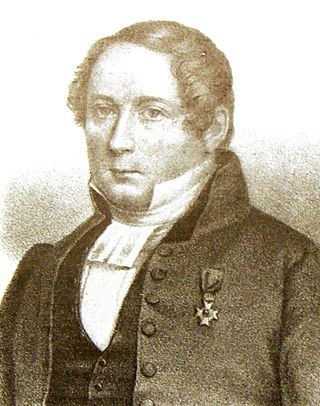
Anders Abraham Grafström was a Swedish historian, priest and poet.

Albert Adam Ranft was a Swedish theatre director and actor.
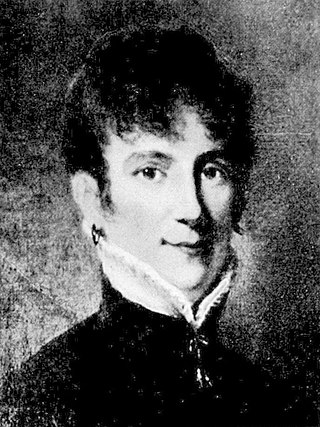
Christina Charlotta Cederström née Mörner af Morlanda was a Swedish dilettante artist, composer, salon hostess, and baroness.

Karl Erik "Bullen" Berglund was a Swedish actor, director and writer. Berglund was one of Sweden's most popular male actors in Swedish films from the 1930s to the 1950s. He appeared in more than a hundred films.
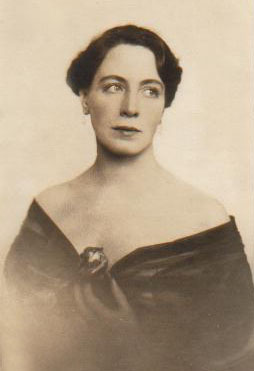
Pauline Brunius, née Emma Maria Pauline Lindstedt was a Swedish stage and film actor, screenwriter and film and theatre director. She was the managing director of the Royal Dramatic Theatre from 1938 to 1948.
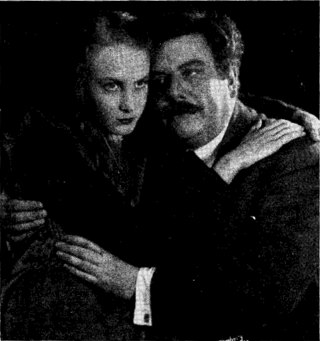
John Wilhelm Brunius was a Swedish actor, scriptwriter and film director.

Rosalie "Rosa" Grünberg was a Swedish actress and opera soprano singer. She was considered one of the Swedish opera scene's prima donnas.

Anders de Wahl, was a Swedish actor.

Emma Meissner, née Ekström was a Swedish soprano and actress.

Konstnärsförbundets skola was a painting school in Stockholm, Sweden, which was offered by Konstnärsförbundet 1890–1908. The latter association was in turn established in opposition to the Royal Swedish Academy of Fine Arts. One of the school's co-founders was Richard Bergh. The school had several well-known teachers, including Anders Zorn, Nils Kreuger and Karl Nordström, in addition to Bergh himself. Several of the alumni would distinguish themselves on the contemporary Swedish visual arts scene. The group De unga, for example, consisted mainly of pupils from the school.
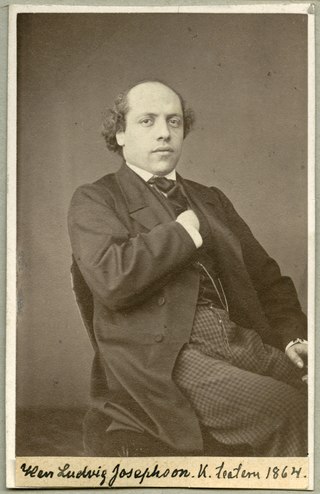
Ludvig Oskar Josephson was a Swedish dramatist, actor and theatre manager.

Margit Ingeborg Rosengren (1901–1952) was a leading Swedish operetta singer in the first half of the 20th century. After studying voice and drama, she was invited by the theatre magnate Albert Ranft to perform at Stockholm's Oscarsteatern. She made her début there in 1920 as the page Pueblo in the operetta Don César de Bazan. She subsequently performed in the Vasa and Odeon theatres and as a guest at the Royal Swedish Opera until her retirement in 1941. She also took part in revues and had a few film roles.

Anna Elvira Oscaria Rydkvist was a Swedish actress and theatre director. Born and brought up in Stockholm, she made her acting debut in 1897 at the Arena theatre. During her career, she appeared in numerous stage performances as well as 29 film productions. In 1915, she co-founded the Slottsskogsteatern in Gothenburg. Between 1922 and 1935, she ran the Lilla teatern, becoming one of the first women to run a theatre in Sweden.

The Chief of the General Staff was from 1873 to 1937 the second most senior member of the Swedish Army and headed the General Staff. The position was held by a senior member of the Swedish Army. In 1937, the position was abolished and the position of Chief of the Defence Staff was established.